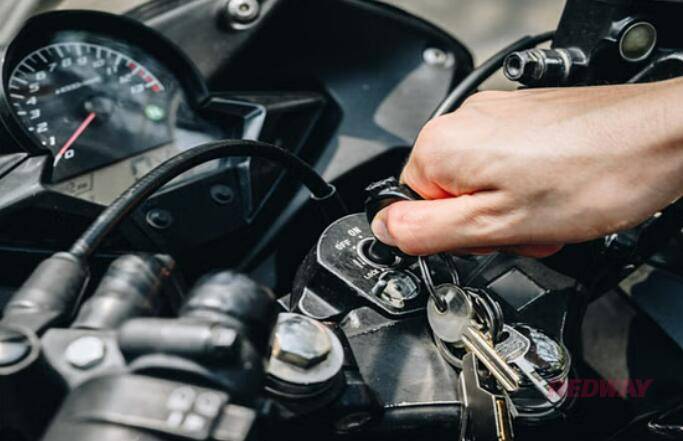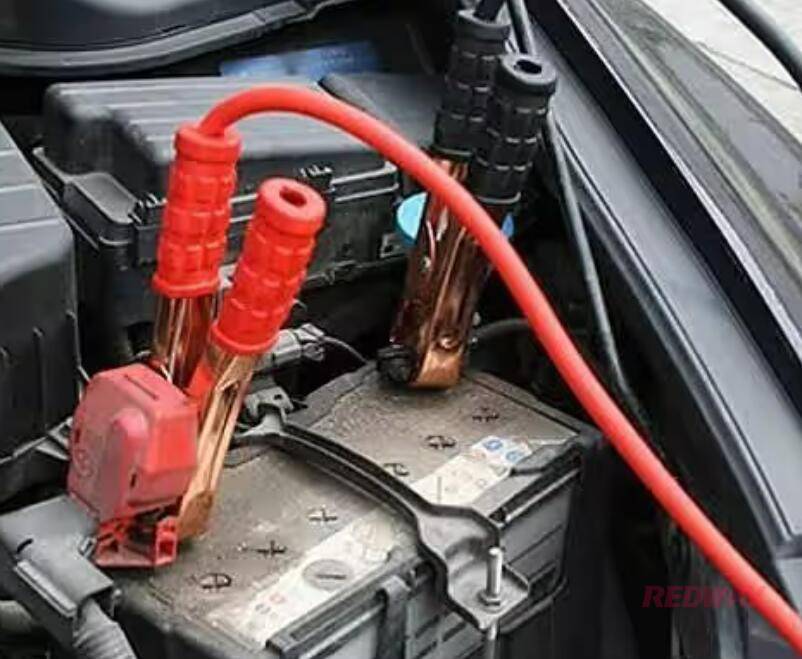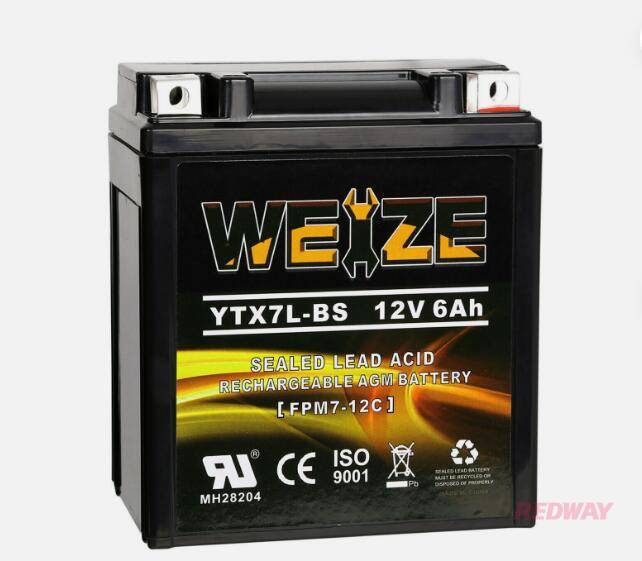What Are the Key Differences Between LiFePO4 and AGM Batteries?
LiFePO4 batteries offer longer lifespan, lighter weight, deeper discharge capability, and enhanced safety compared to AGM batteries, making them a superior choice for modern energy applications. AGM batteries remain popular for lower upfront cost and simpler charging but lag behind in performance and durability.
What Are LiFePO4 and AGM Batteries?
LiFePO4 (Lithium Iron Phosphate) batteries are a type of lithium-ion battery, known for safe chemistry and long-life cycles. AGM (Absorbent Glass Mat) batteries are a subtype of sealed lead-acid batteries that use a fiberglass mat to hold electrolyte.
LiFePO4 batteries excel in high-energy density, stability, and recharge speed, making them increasingly preferred in electric vehicles, RVs, and renewable energy storage. AGM batteries boast maintenance-free operation and robust construction, offering an effective upgrade from traditional flooded lead-acid batteries. Redway Battery specializes in manufacturing advanced LiFePO4 packs that leverage these benefits to deliver consistent, durable power solutions.
How Do Lifespan and Cycle Life Compare Between LiFePO4 and AGM?
LiFePO4 batteries typically last 3-5 times longer, offering 2000–5000 cycles versus AGM’s 300–700 cycles.
This substantial lifespan difference results from LiFePO4’s chemically stable cathode and superior ability to withstand deep discharge without degradation. AGM batteries degrade faster under deep cycling and high-load conditions, increasing replacement frequency and cost over time. Redway Battery’s LiFePO4 solutions maximize lifecycle value by ensuring sustained capacity and performance through optimized cell chemistry and manufacturing technology.
Which Battery Type Offers Better Safety and Thermal Stability?
LiFePO4 batteries provide superior thermal stability with virtually no risk of thermal runaway, while AGM batteries can vent gases under extreme stress but remain safer than flooded lead-acid types.
The phosphate-based lithium chemistry in LiFePO4 resists overheating and combustion, critical for mobile or indoor use. AGM batteries use sealed designs to trap gases but can release hydrogen and oxygen under failure modes, posing safety concerns. Redway Battery incorporates advanced Battery Management Systems (BMS) in LiFePO4 packs to monitor and mitigate thermal and electrical anomalies, ensuring enhanced operational safety.
How Does Weight and Size Affect Application Suitability?
LiFePO4 batteries weigh 40–60% less than AGM batteries of equivalent capacity and typically offer smaller or comparable footprints.
Reduced weight benefits applications like RVs, golf carts, and forklifts where portability and energy density impact vehicle performance. AGM batteries require thicker plates and denser materials, adding bulk and weight. Redway Battery’s compact, high-density LiFePO4 cells allow OEM customers to optimize space utilization without compromising capacity or safety.
| Feature | LiFePO4 Battery | AGM Battery |
|---|---|---|
| Weight (for 100Ah) | ~25-30 lbs | ~60 lbs |
| Size | Compact, energy-dense | Larger, heavier |
| Maintenance | Maintenance-free | Maintenance-free |
| Thermal Risk | Very low | Moderate (venting risk) |
Why Are LiFePO4 Batteries More Cost-Effective in the Long Run?
Although LiFePO4 batteries have higher upfront costs, their longevity, efficiency, and low maintenance reduce total cost of ownership significantly.
Fewer replacements, higher usable capacity per cycle, and better charge acceptance reduce expenses over battery lifecycle. AGM batteries require frequent replacement and have less capacity usable without damage. Redway Battery’s scalable OEM solutions also allow clients to customize battery packs for cost-efficiency aligned precisely to operational demands.
How Does Charging and Discharge Performance Differ?
LiFePO4 batteries accept faster recharge rates and tolerate deeper discharges without damage, whereas AGM batteries charge slower and can be damaged by deep discharge.
LiFePO4 chemistries allow up to 80–90% depth of discharge routinely, with rapid charge cycles and minimal voltage sag. AGM batteries are typically recommended to be discharged only to 50% to maintain longevity, limiting usable capacity. Redway Battery integrates advanced electronics and adaptable BMS technology in LiFePO4 packs to optimize charging performance safely.
Can AGM Batteries Be Replaced Directly with LiFePO4 Batteries?
Yes, in many cases, LiFePO4 batteries can directly replace AGM batteries if voltage compatibility and battery management considerations are accounted for.
Physical dimensions and terminal types need checking, but in applications such as solar storage or RV power, LiFePO4 provides immediate performance advantages. Charging systems may require recalibration or upgrade to accommodate LiFePO4’s unique charging profile. Redway Battery offers OEM customization services ensuring seamless retrofitting.
Where Is LiFePO4 Best Used Compared to AGM?
LiFePO4 excels in high-demand, high-cycle applications such as electric vehicles, solar energy storage, and mobile power systems, while AGM suits budget-limited or low-demand setups.
Environments requiring frequent deep discharge, lightweight power sources, and longevity benefit most from LiFePO4 technology. AGM remains prevalent in backup power, starter batteries, and applications valuing simplicity and lower initial investment. Redway Battery delivers optimized LiFePO4 packs for diverse industries, bridging performance with safety.
How Does Redway Battery Enhance LiFePO4 Technology?
Redway Battery applies over 13 years of lithium battery expertise combined with quality control and OEM customization to produce reliable, durable LiFePO4 batteries.
Through advanced production automation and MES systems, Redway optimizes battery performance including capacity, cycle life, and thermal management. Their engineering team works closely with clients to tailor batteries for specific applications, ensuring integration of comprehensive Battery Management Systems for enhanced durability and safety in demanding environments.
Redway Expert Views
“Choosing the right battery technology transforms energy management strategies. LiFePO4’s superior cycle life, safety, and efficiency align perfectly with modern power demands. At Redway Battery, we prioritize a holistic approach—combining cutting-edge chemistry, advanced manufacturing, and OEM customization—which empowers clients in forklift, RV, telecom, and solar markets to unlock long-term value and sustainability beyond traditional AGM options.”
– Chief Technical Officer, Redway Battery
Conclusion
Decoding LiFePO4 versus AGM batteries reveals distinct advantages in longevity, safety, weight, and recharge capabilities that position LiFePO4 as the future-proof option for most demanding uses. While AGM still holds appeal for cost-sensitive or legacy applications, embracing LiFePO4 technology through trusted providers like Redway Battery delivers superior performance, reliability, and lifecycle cost benefits.
FAQs
Q1: Are LiFePO4 batteries compatible with existing AGM chargers?
Usually not; LiFePO4 batteries require chargers with proper voltage and current profiles.
Q2: Can LiFePO4 batteries be safely used indoors?
Yes, they produce no toxic gases and have low thermal risk.
Q3: What is the typical weight difference between LiFePO4 and AGM?
LiFePO4 batteries generally weigh 40–60% less than AGM counterparts.
Q4: Do AGM batteries require maintenance?
No, AGM batteries are sealed and maintenance-free but can degrade faster.
Q5: Does Redway Battery provide customized battery pack solutions?
Yes, Redway Battery excels in OEM/ODM customization for tailored energy solutions.

























